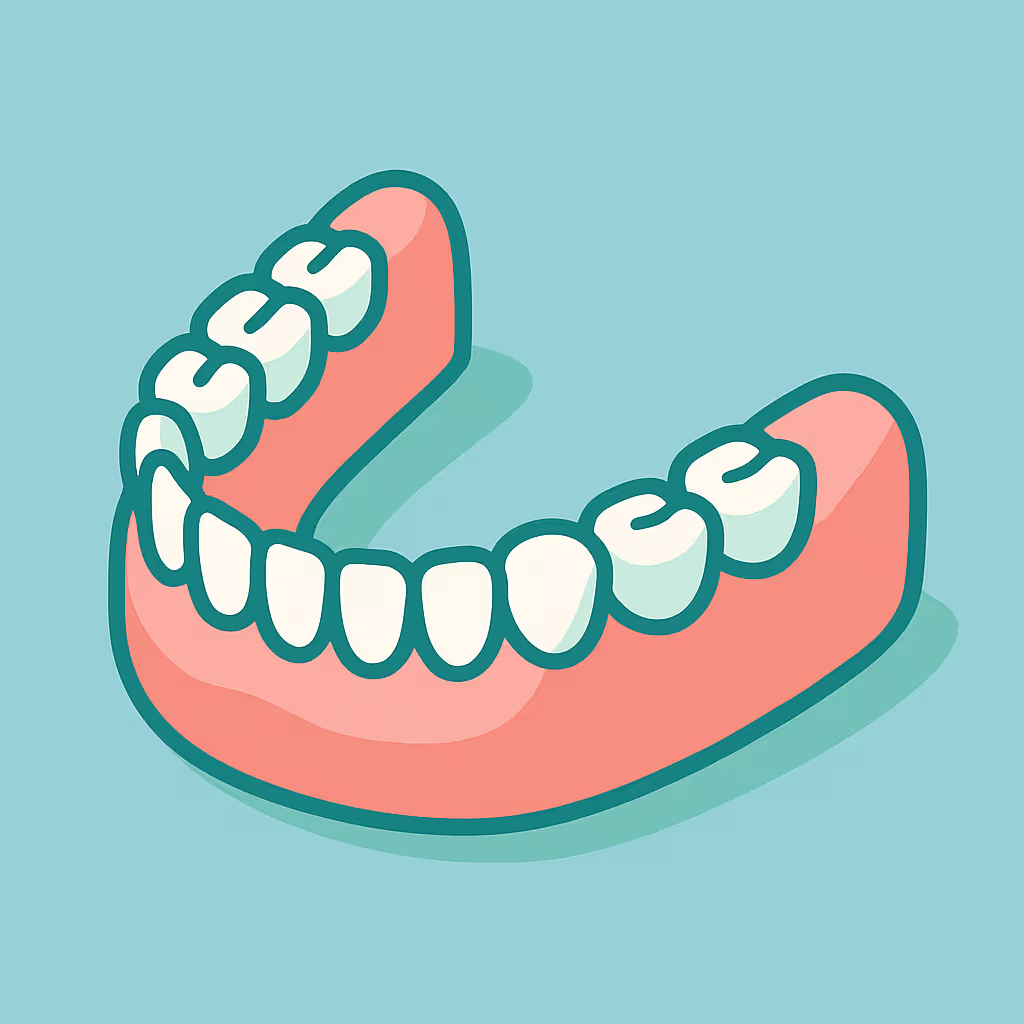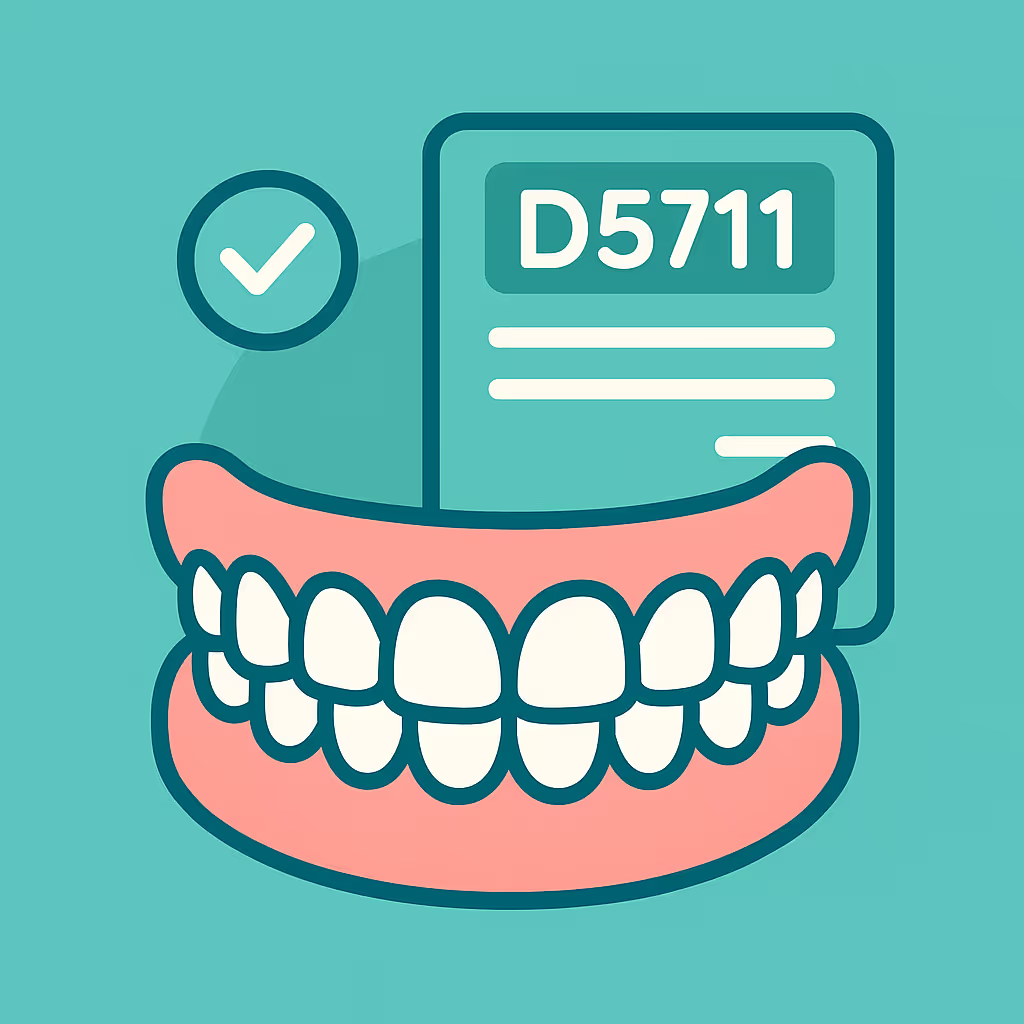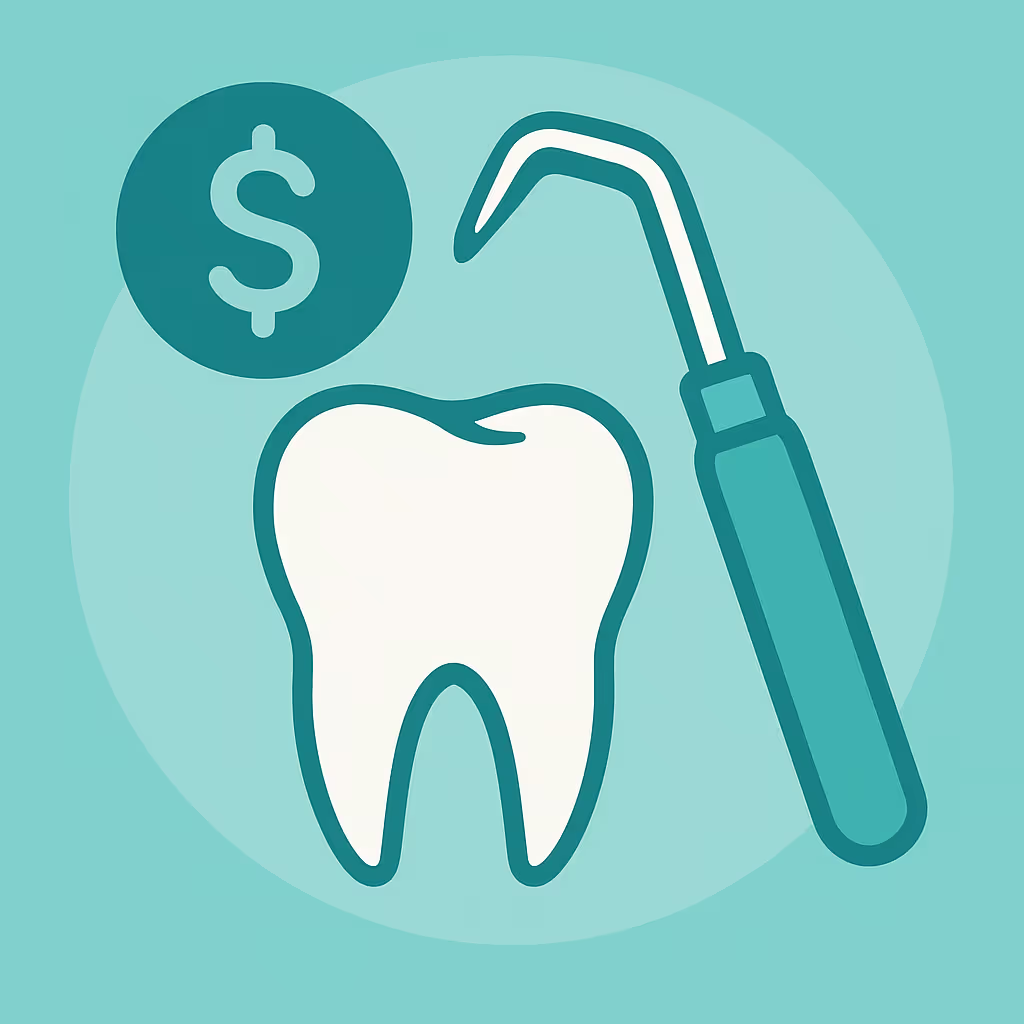Understanding Dental Code D0425
When to Use D0425 dental code
The D0425 dental code is designated for caries susceptibility tests, which help dental professionals assess a patient’s risk for developing dental caries (tooth decay). This CDT code is used when a dentist or hygienist performs a diagnostic procedure to determine the likelihood of future decay, typically using saliva testing, plaque analysis, or other clinical methods. The test is especially valuable for pediatric patients, patients with a history of frequent caries, or those with conditions that increase their risk, such as xerostomia or orthodontic appliances.
It’s important to note that D0425 should be used only when the test is medically necessary and not as a routine screening for all patients. Proper code selection ensures compliance and reduces the risk of claim denials during insurance billing.
Documentation and Clinical Scenarios
Accurate documentation is essential for successful reimbursement and audit protection. When using D0425, dental teams should include:
- Clinical rationale: Clearly state why the test was necessary (e.g., history of recurrent caries, high-risk patient profile).
- Test method: Specify the type of caries susceptibility test performed (e.g., saliva pH, bacterial count, plaque analysis).
- Results and interpretation: Document the findings and how they will influence the patient’s treatment plan.
- Date and provider: Record when and by whom the test was performed.
Common scenarios for D0425 include children with multiple recent restorations, adults with dry mouth due to medication, or patients undergoing orthodontic treatment who struggle with hygiene. In each case, thorough documentation supports the medical necessity of the test.
Insurance Billing Tips
Billing for D0425 requires attention to payer policies, as not all dental insurance plans cover caries susceptibility testing. Here are best practices for maximizing reimbursement:
- Verify coverage: Always check the patient’s benefits before performing the test. Some plans may consider D0425 an exclusion or require pre-authorization.
- Submit detailed narratives: When submitting a claim, include a concise narrative explaining the clinical need and test results. This increases the likelihood of approval.
- Use correct CDT codes: Pair D0425 with related diagnostic or preventive codes when appropriate, such as topical fluoride application or comprehensive oral evaluation, to provide context for the test.
- Monitor EOBs and AR: Review Explanation of Benefits (EOBs) carefully for denials or requests for additional information. If denied, be prepared to file a claim appeal with supporting documentation.
Consistent use of these steps helps dental offices reduce claim rejections and improve accounts receivable (AR) performance.
Example Case for D0425
Case Study: A 12-year-old patient presents with a history of three new carious lesions in the past year, despite regular checkups and fluoride treatments. The dentist performs a caries susceptibility test (D0425) using a saliva sample, which reveals high levels of cariogenic bacteria. The results justify a more aggressive preventive regimen, including more frequent fluoride varnish applications and dietary counseling.
For billing, the office verifies the patient’s insurance covers D0425, submits a claim with a narrative detailing the patient’s caries history and test findings, and attaches supporting documentation. The claim is approved, and the patient’s care plan is adjusted based on the test results, demonstrating the clinical and financial value of proper D0425 utilization.





